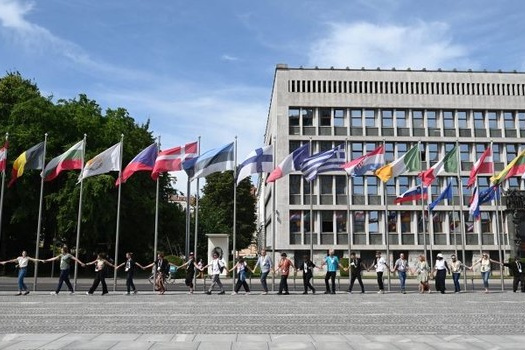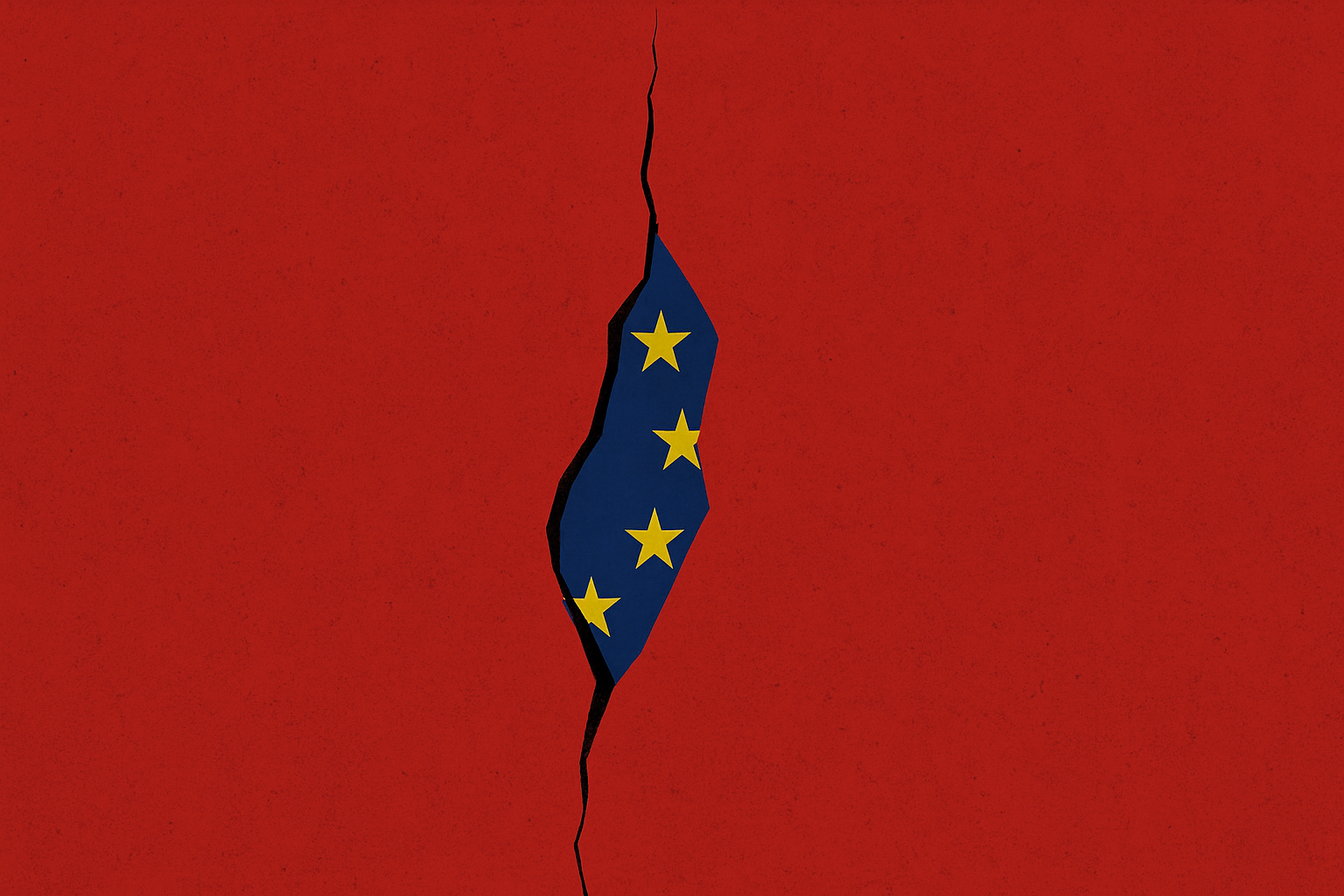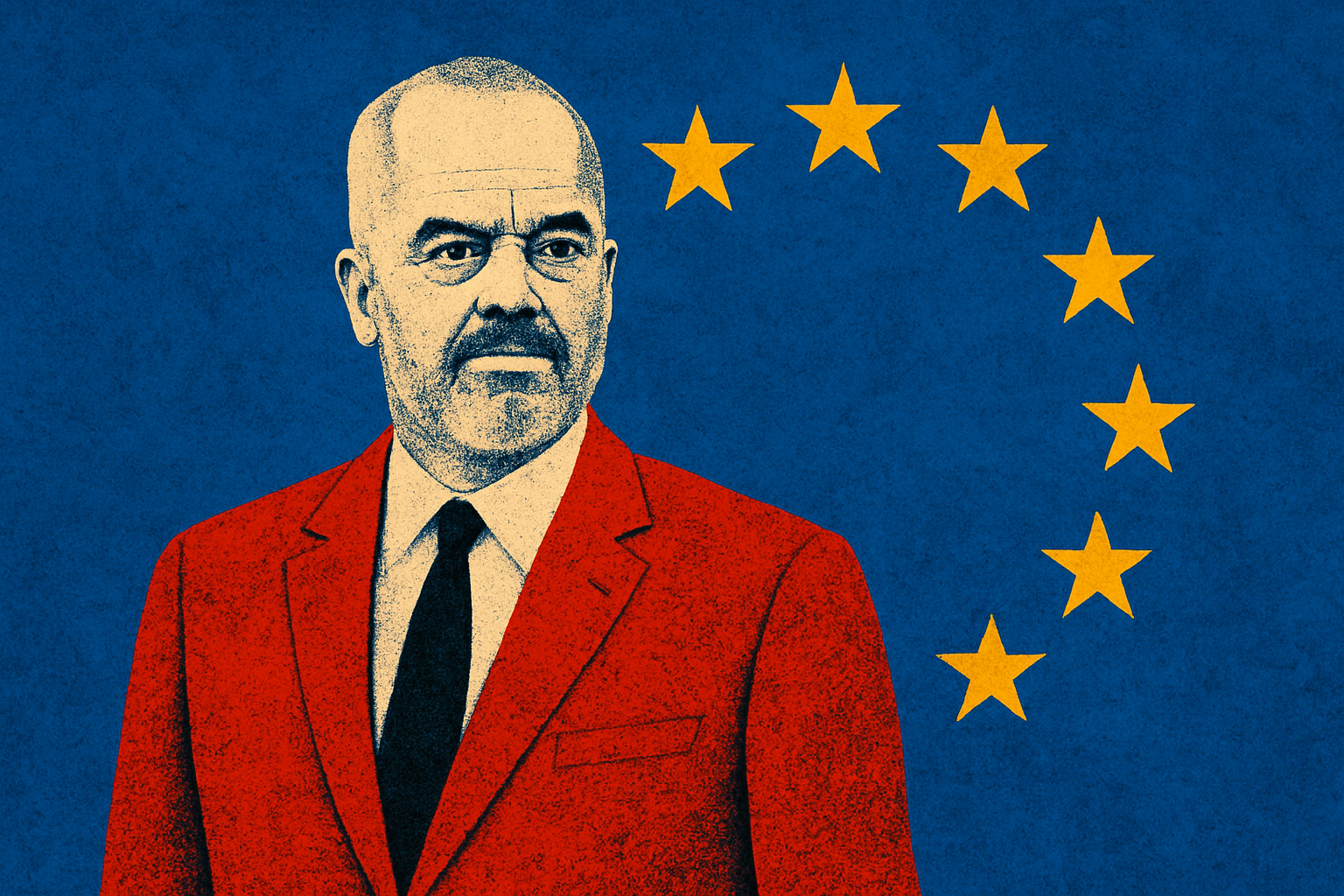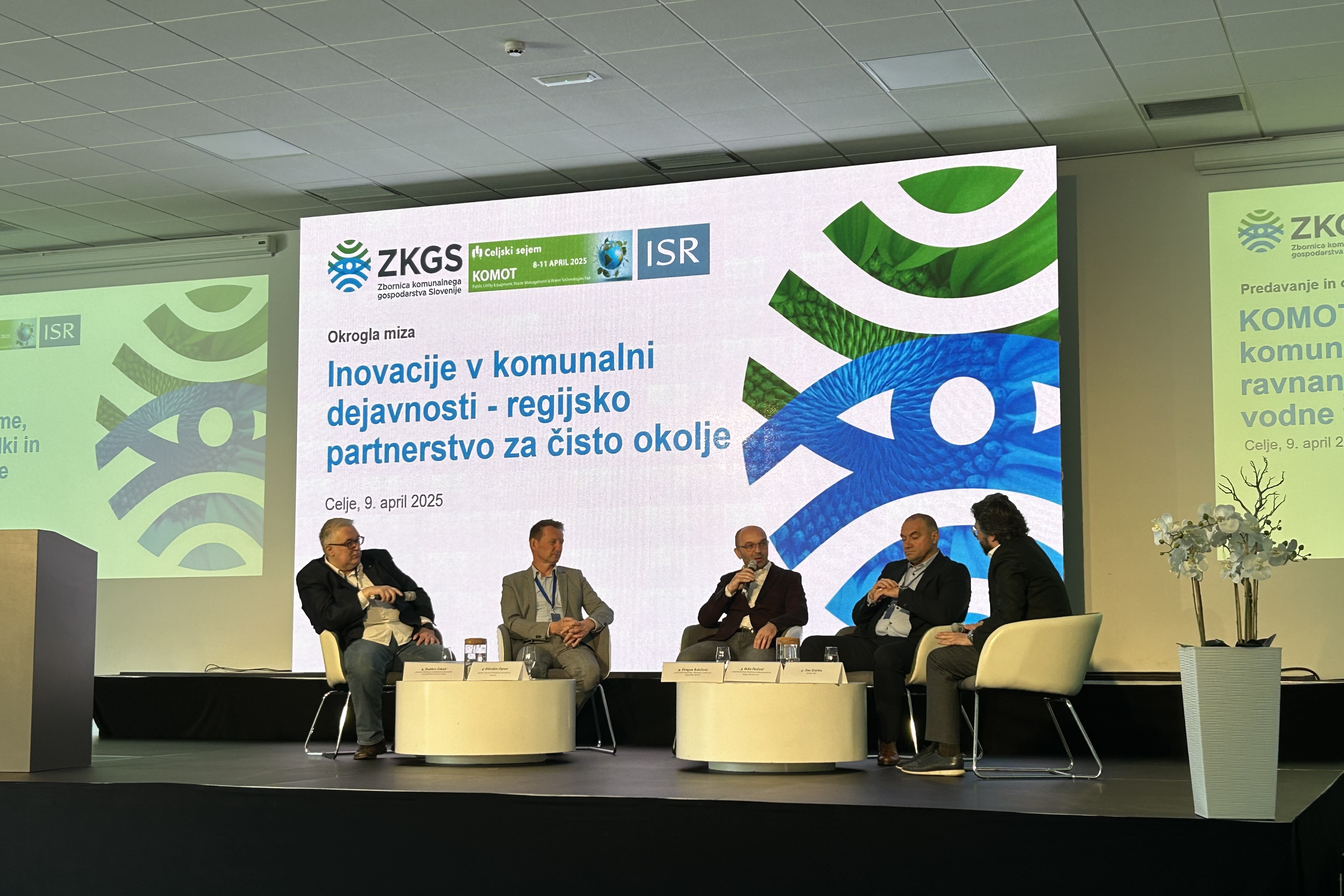A tale of two Balkan countries
Slovenia as a tugboat for Montenegro
Vuk Koljenšić, Draženka Laketić
JOURNALISTS AT THE ADRIATIC
If there is a tug that can direct the accumulated potential of our country towards something good, then the tug for Montenegro and Slovenia were once under the same flag, today they are two independent countries in different stages of development.
Mostly because of the way the residents of these countries accept change. Slovenians are more open to everything that brings progress, while Montenegrins are steadfast even in their decision to slow themselves down. But the two nations are very fond of each other.
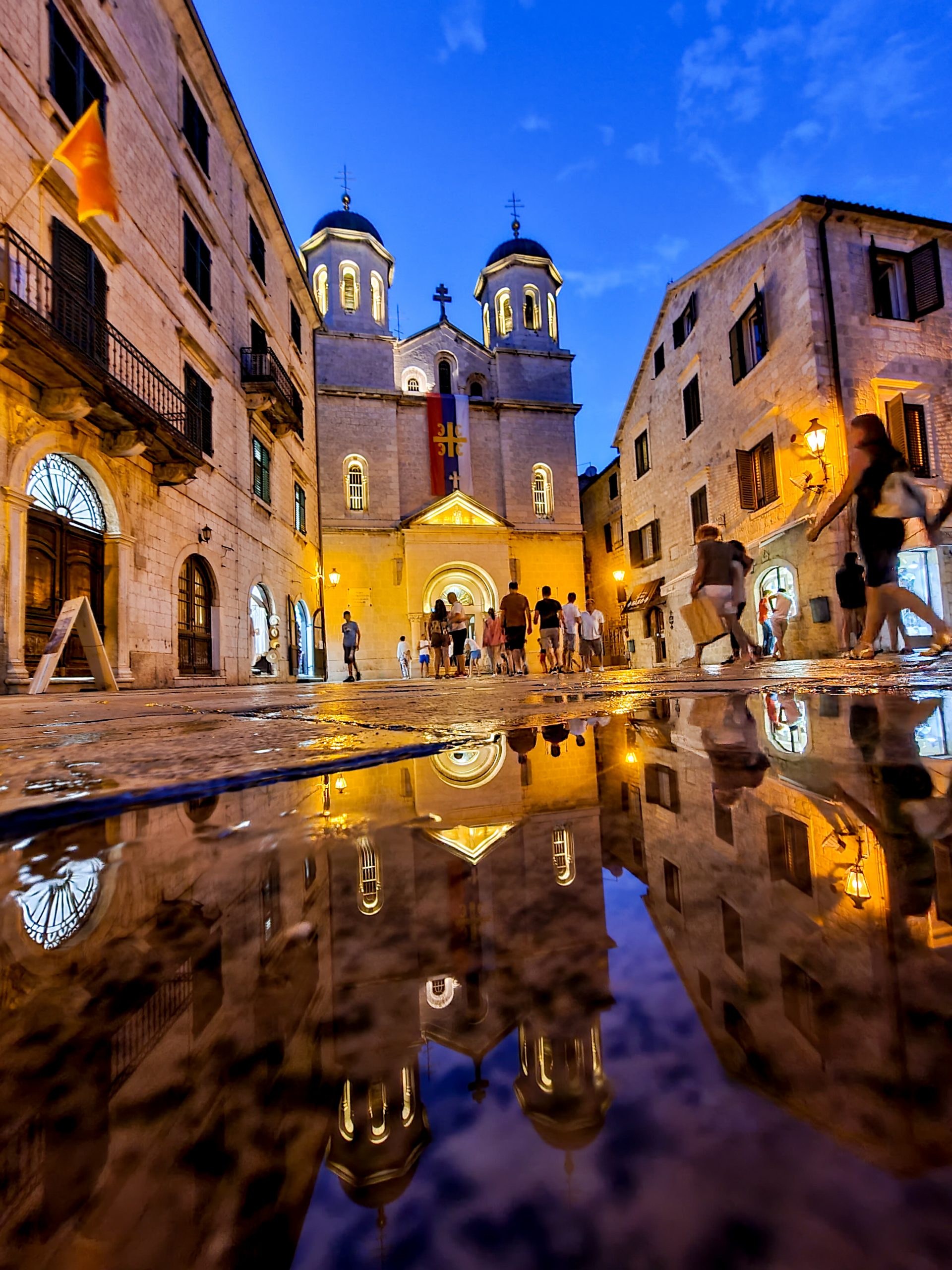
They are connected by air, with good neighbours and thanks to highways, they can reach each other relatively quickly. And most importantly, they are united by the people who left Montenegro for Slovenia and, to a lesser extent, those who did it in the opposite direction. In Ljubljana, all those who love Slovenia but pine for what they left behind in Montenegro, are gathered together by the Union of Montenegrin Societies, consisting of two groups from Ljubljana and from Maribor. The members of these associations are responsible for preserving their traditions and passing them on to those born of Montenegrin descent but under Slovenian skies. There are dozens of such families, and apart from numerous cultural and entertainment events, they all celebrate the 21st of May, Montenegro’s Independence Day, with particular pride. Love for the homeland does not fade, they keep it in their hearts forever.
Born in the embrace of the two countries are Petar Petrović Njegoš and France Prešeren, who are poets of equal bearing, and both studied all over the world. Their inspiration, derived from the 19th century, denotes the spiritual hearts of the two countries. That is why it is even more significant that a monument to Prešeren has been located in Podgorica, Montenegro since 2018, and that in Njegoševa Street, Ljubljana, a monument to Montenegro’s great man Njegoš was erected 2014.
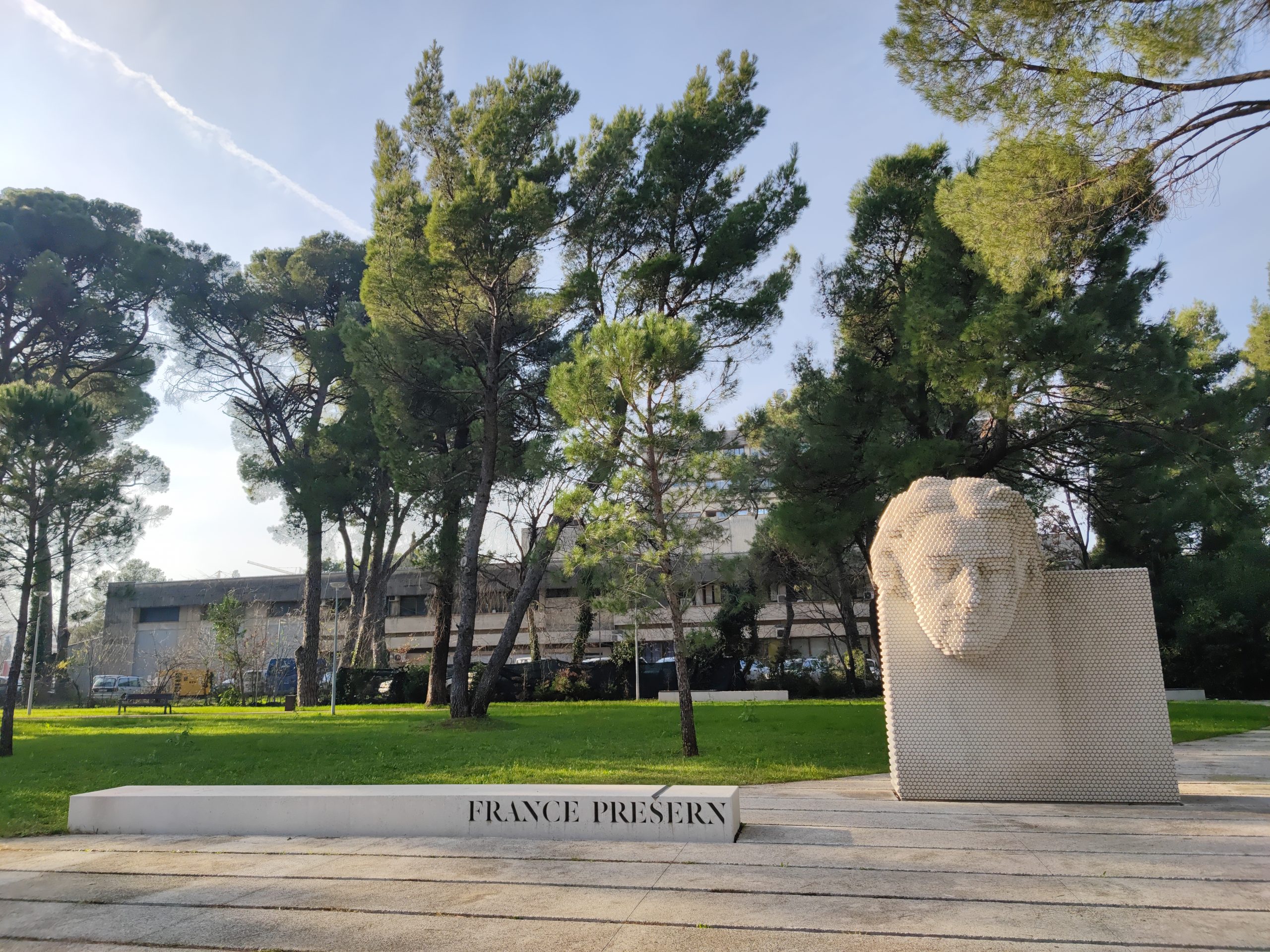
The desire to exchange the Montenegrin easy-going lifestyle with the more regulated Slovenian system can be observed by the annual Erasmus or exchange of students that has been taking place for years. Although the languages are different, they are relatively easy to pick up – in both directions. Krempita and Kremšnita are examples of local languages situated somewhere between the two.
It is certainly not a coincidence that Slovenia is a declared the cleanest country in the world, and that Montenegro declares itself the first ecological country in the world. These “firsts” best describe the fundamental differences – the Slovenians finish their work and wait to be praised, and Montenegrins say that they will do everything well even though they have not started yet. But they complement each other well and that is why it is important to nurture the sincere friendship that exists between the two countries, which can also be good economically.
And let’s not forget, the bronze medal won by the national handball team of Montenegro in the Slovenian stadium Stožice, Ljubljana’s multi-purpose indoor arena, earning Montenegro third place in Europe. Anyone who was in Ljubljana during the tournament knows that in every part of the city people were celebrating with their Montenegrin buddies and will remember the wonderful atmosphere, which was equally exhilarating for both countries.
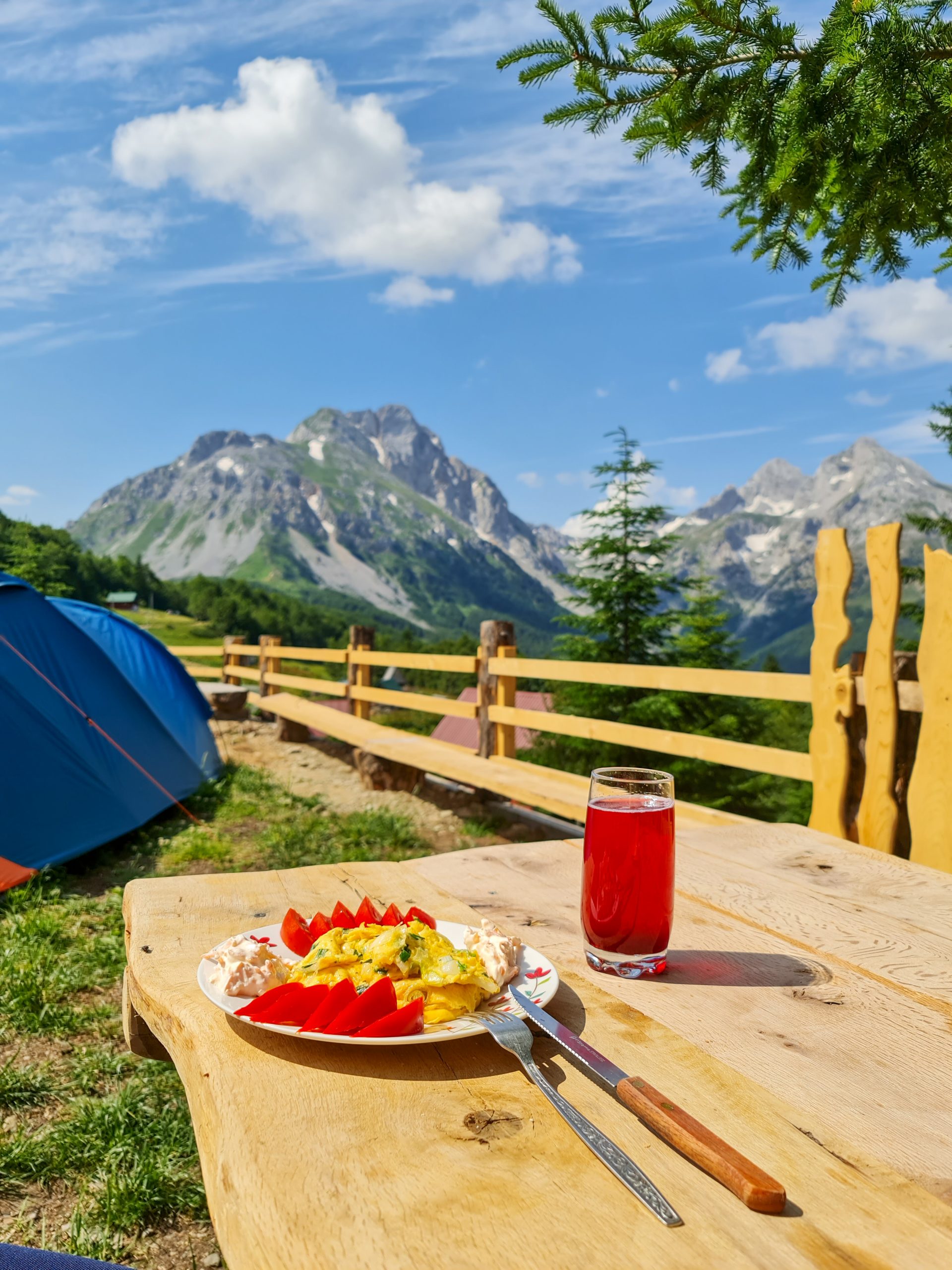
THE ADRIATIC
This article was originally published in The Adriatic Journal: Strategic Foresight 2023.
If you want a copy, please contact us at info@adriaticjournal.com.



